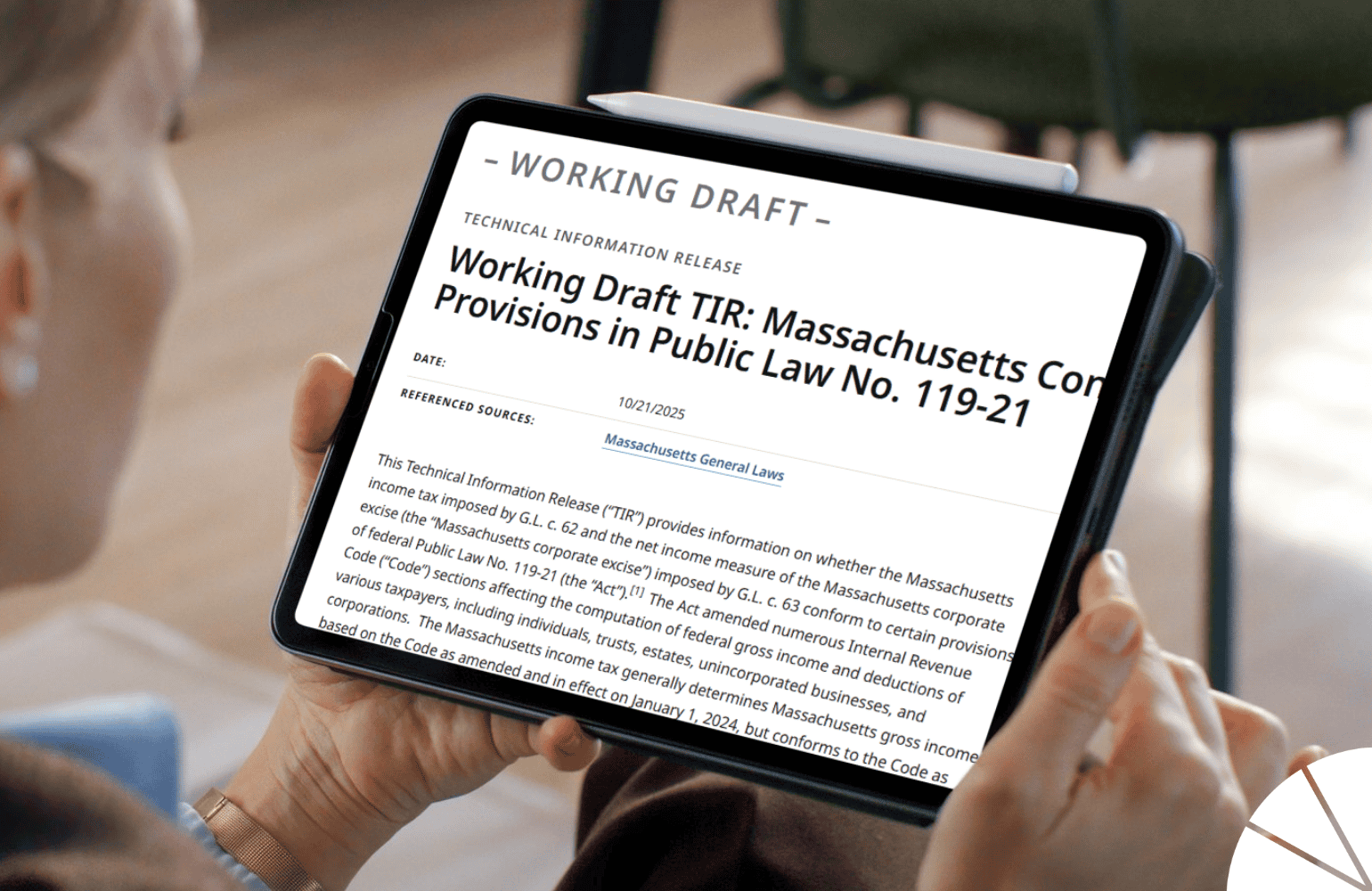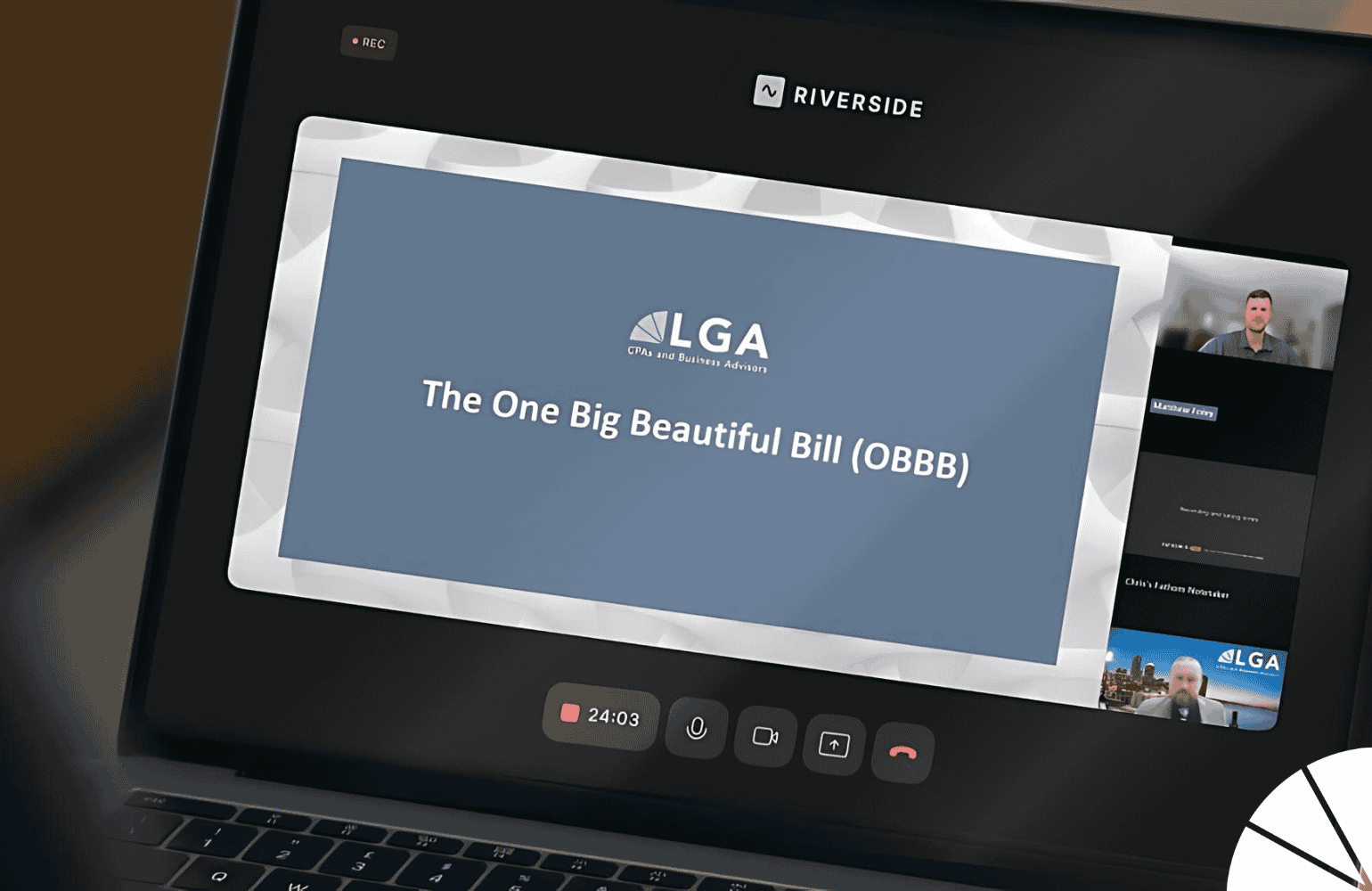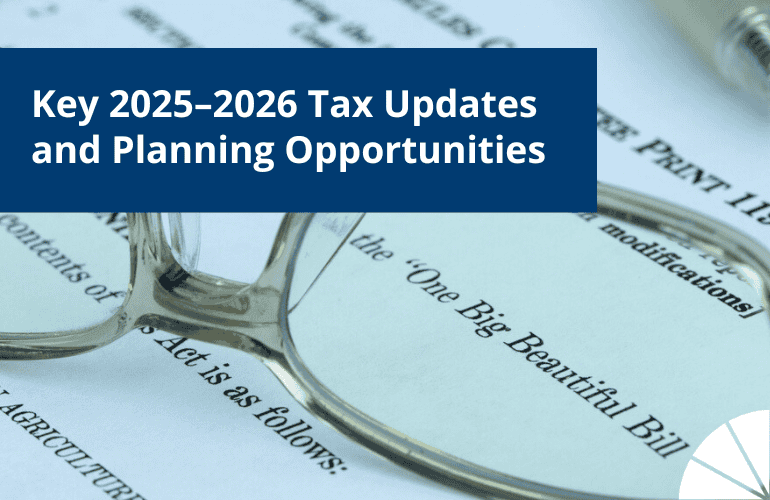
Unless it’s a letter telling you you’ve overpaid and have a refund coming back to you, no one wants to get an unexpected letter from the IRS. It’s not always bad news, though. Millions of IRS notices and letters go out yearly, and many are used to share updates or request simple information. Many notices the IRS sends out don’t require any taxpayer response. So don’t panic and assume that because you’ve received an IRS notice, tax problems will follow.
Of course, it’s also possible that the IRS has contacted you because there is a problem. Resolving IRS notice tax issues can seem daunting, but “ripping off the Band-Aid” and quickly dealing with the notice is always the best way to avoid penalties and for your peace of mind. You should always feel comfortable asking your tax advisors for help interpreting or responding to an IRS notice, even if it seems straightforward.
Why Did I Get an IRS Notice?
First, a note on terminology: the IRS categorizes some kinds of correspondence as notices and others as letters. Notices are denoted by numbers starting with CP, while letters are marked with numbers starting with LTR. The difference between the two types isn’t significant for your purposes. (By the way, looking for a notice or letter number in the top right-hand corner of the paper is one way to verify that you’ve received legitimate IRS correspondence and not a scam.)
Now—why has the IRS notified you, and what should you do next? Here’s where things can get confusing. There are dozens of unique letter templates the IRS uses to communicate with taxpayers, and some forms have multiple versions or are only slightly different from similar documents.
Some notices are reasonably self-explanatory. (For example, you might get an IRS notice informing you of a delay in processing your tax return, telling you that a refund is coming, or requesting some missing personal information.) Others can be puzzling, especially if you were unaware of any outstanding tax problems. Your advisors are always the best source of specific guidance for addressing any IRS notice tax issues or questions. They can help you review your tax records to determine the next steps. That’s especially important if you believe the notice you’ve received is incorrect.
Common IRS Notices and Explanations Include:
● CP14—The IRS believes you have unpaid taxes. This notice should include the amount of the unpaid balance, a due date, and a penalty/interest schedule if the outstanding balance isn’t paid on time. If you and your advisors review your records and determine that the IRS is wrong, you can dispute the notice within 60 days.
● CP30—You’re being penalized for not pre-paying enough of your taxes. This notice is sent to taxpayers who did not elect to withhold enough tax from their income, or who missed/underpaid their quarterly estimated tax payments. The IRS will take a penalty out of any refund you might be owed. No response is typically necessary unless you believe an error has been made. (Though it’s a good idea to consult your advisors to ensure sufficient, timely tax payments going forward.)
● CP49—You owed a tax debt, and the IRS has applied your refund to that debt. No response is typically necessary unless you believe that the IRS has made an error and wish to contest the seizure of your refund.
● CP90/CP504—The IRS intends to seize your property for unpaid taxes. The IRS sends CP90 and CP504 via certified mail, after previous notices about unpaid taxes have gone unanswered. Taxpayers who can’t pay their total balance may ward off the seizure by creating a payment plan or applying for an offer in compromise. Or, they may dispute the notice by requesting a Collection Due Process hearing with the IRS Independent Office of Appeals. Any taxpayer who receives CP90 or CP504 should immediately call their tax advisors for help.
● CP2000/CP3219—Your tax return didn’t match the IRS’s records. If you receive CP2000, there’s some discrepancy between the information provided on your tax return and the information the IRS has received from your employer, bank, or other third-party source. CP3219 is a follow-up if the IRS doesn’t get a response after sending CP2000. This notice informs the taxpayer that the IRS has recalculated their taxes using the information from the third-party source, which may result in a higher tax bill or a refund. The taxpayer may dispute the proposed recalculation.
● Letter 2030—The IRS proposes tax changes for a business, estate, or trust. This letter serves the same general function as CP3219, but for corporations, estates, and trusts. It informs the taxpayer that the IRS has recalculated some of their tax information because of discrepancies between the entity’s tax returns and third-party data.
● Letter 2205—The IRS has selected your tax return for an audit. Both individuals and businesses/entities may receive a version of Letter 2205. Call your tax advisors right away on how to respond and strategize.
This has been a general overview of some common IRS notice types, but we’ve only scratched the surface. If the notice you received doesn’t appear on this list, or you’re unclear about whether you have a case to dispute the notice you’ve received, we advise you to speak to a tax professional right away.
Call your LGA advisor whenever you have questions about an IRS notice you’ve received. When in doubt, it’s always better to get your advisor’s guidance about IRS notice/tax issues than to ignore them or try to handle them alone. Our Family, Estate, and Fiduciary Tax Group can help you take swift action to resolve the problem and put IRS stress behind you. Contact us today with any questions!






